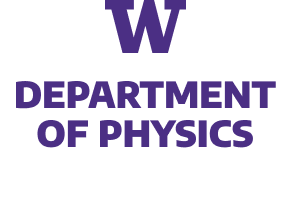A new method is proposed for determining the ground state wave function of a quantum many-body system on a quantum computer, without requiring an initial trial wave function that has good overlap with the true ground state. The technique of Spectral Combing involves entangling an arbitrary initial wave function with a set of auxiliary qubits governed by a time dependent Hamiltonian, resonantly transferring energy out of the initial state through a plethora of avoided level crossings into the auxiliary system. The number of avoided level crossings grows exponentially with the number of qubits required to represent the Hamiltonian, so that the efficiency of the algorithm does not rely on any particular energy gap being large. We give an explicit construction of the quantum gates required for the realization of this procedure and explore the results of classical simulations of the algorithm on a small quantum computer with up to 8 qubits. We show that for certain systems and comparable results, Spectral Combing requires fewer quantum gates to realize than the Quantum Adiabatic Algorithm.


